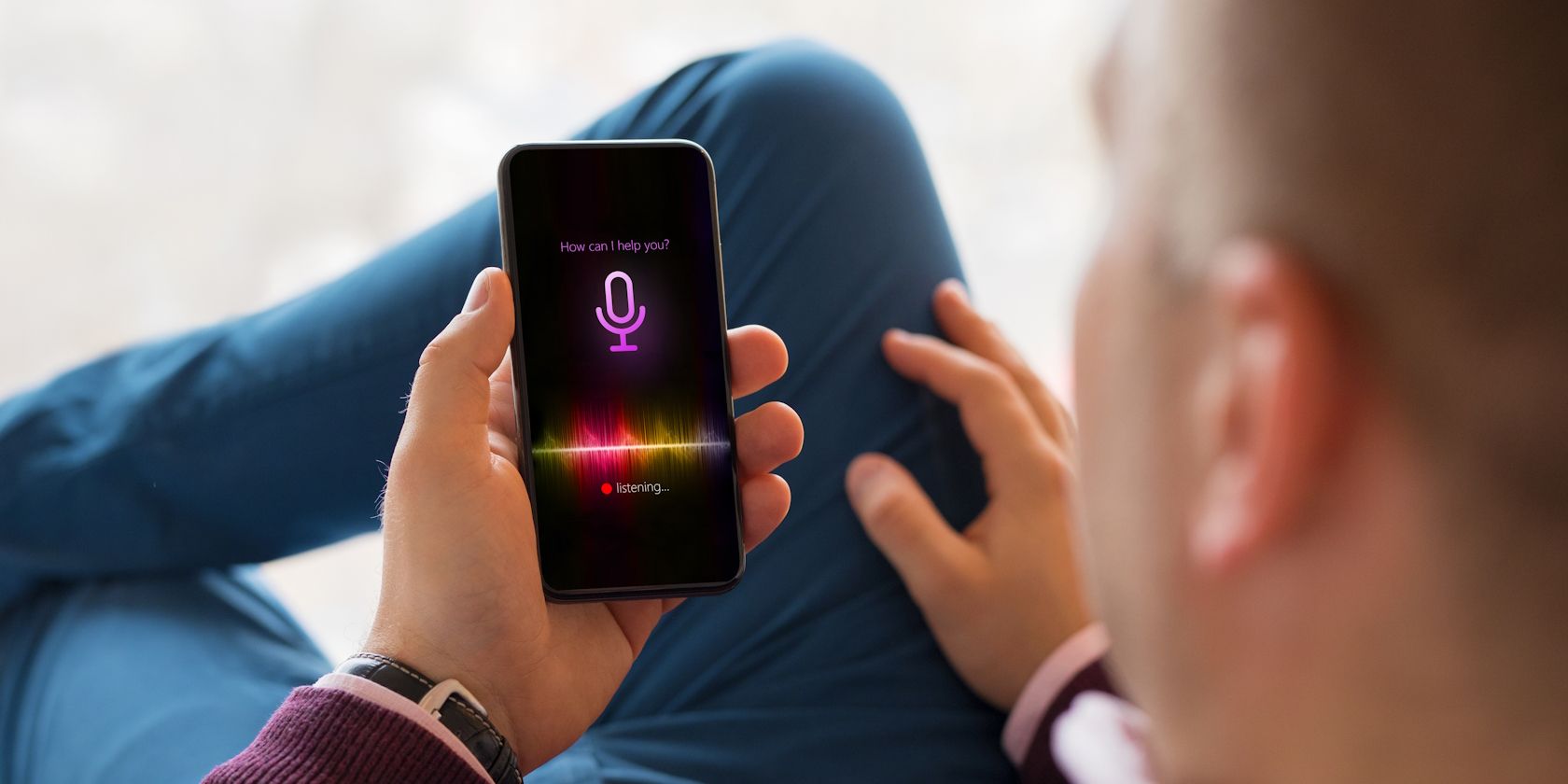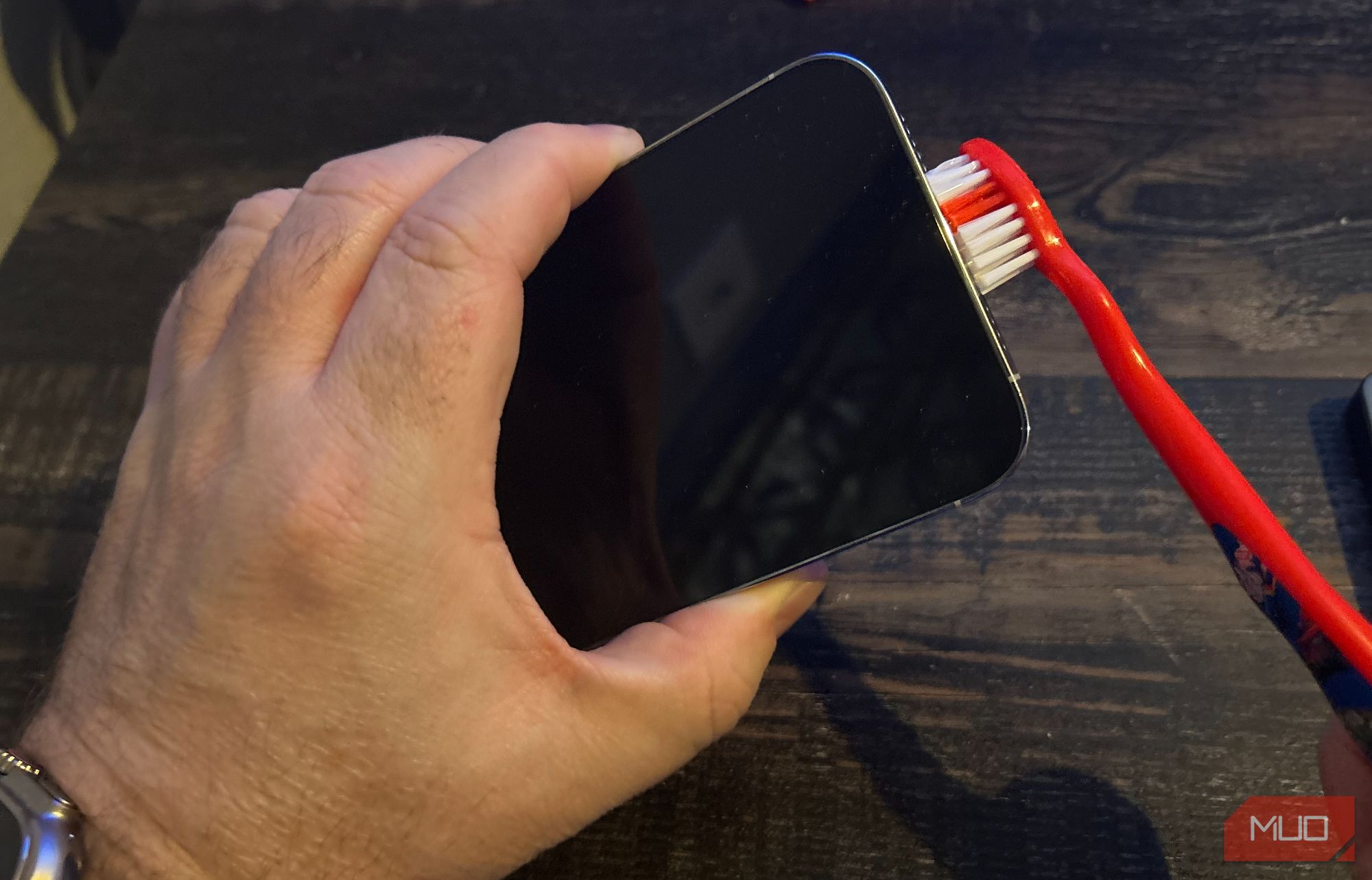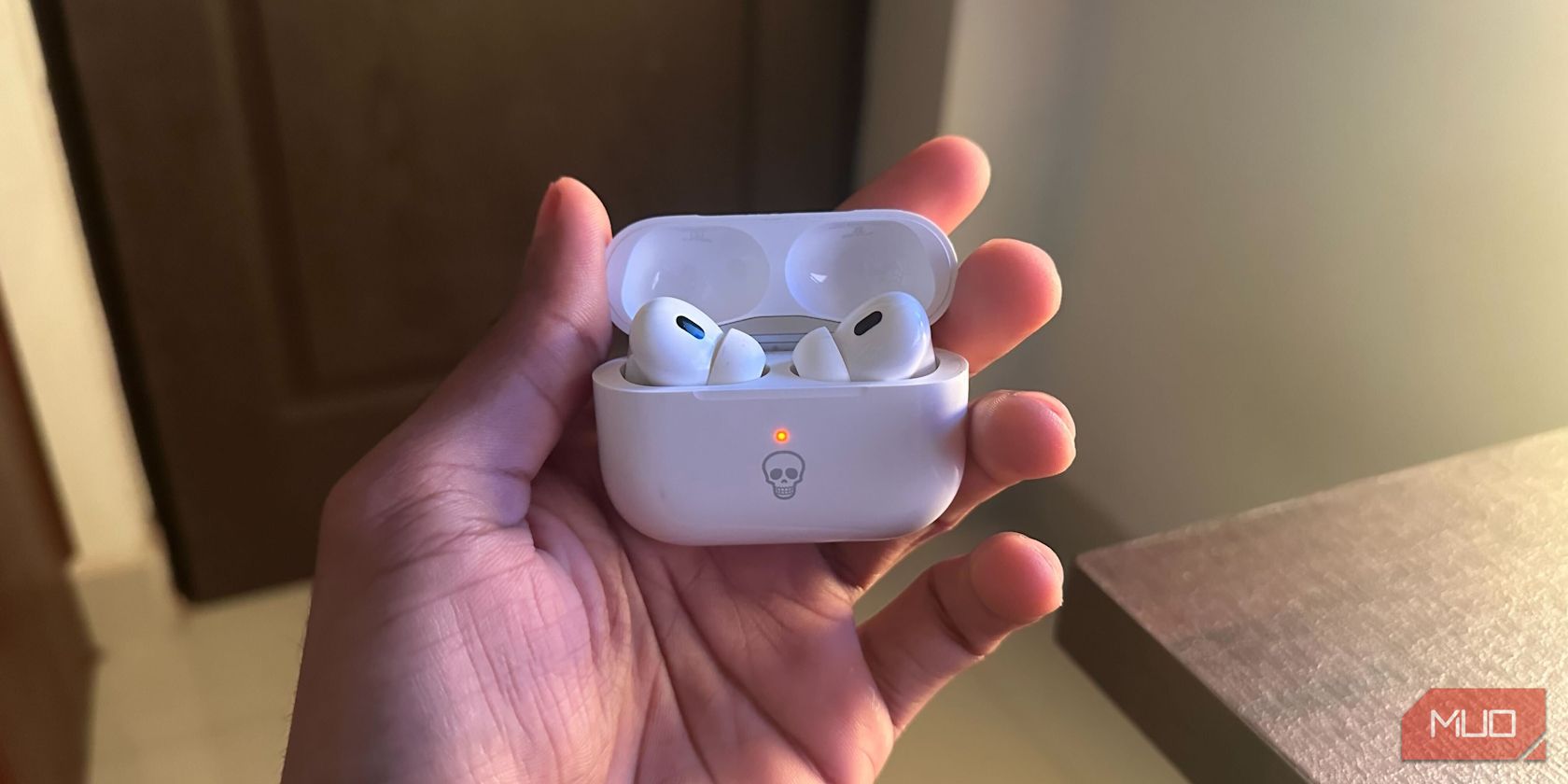An iPhone is almost useless without a working microphone. A broken microphone means no FaceTime, phone calls, or Siri. Sometimes, videos shot on your iPhone may not have any audio. But before you pay Apple for a costly repair, try these fixes first.
1. Find Out Which Microphone Isn't Working
Before you begin fixing your iPhone's microphone, you'll need to know which microphone isn't working. If you have an iPhone 5 or later, you'll have three microphones: one on the bottom of your phone for phone calls, one on the front of your phone for speakerphone, and one on the back for the camera.
Test each microphone by recording using Voice Memos (bottom microphone), making a phone call on speakers (front microphone), and recording a video (back microphone). If all the microphones aren't working, it's most likely a hardware issue. If only one microphone isn't working or sounds muffled, continue to the next step.
2. iPhone Microphone Muffled or Muted? Try Cleaning It
One of the simplest ways to fix your microphone is by cleaning it. If one of your microphones sounds muffled when you speak, you might just need to clean it. iPhone microphones are sensitive, and a small piece of dust or dander can affect how they sound.
To clean your microphone, avoid blowing into it at first. Instead, dip a cotton swab or Q-tip in some isopropyl alcohol. Then, wipe it along the muffled microphone. Try to get inside the microphone hole if you can. Alternatively, you can use a toothbrush to do the same.
Isopropyl alcohol breaks up grime and dries fast, so it won't damage your iPhone. Try using the highest percentage of isopropyl alcohol you can find. While you're at it, clean your entire iPhone thoroughly if it's not in a good shape.
3. Disconnect From Bluetooth Devices
Being connected to a Bluetooth device could mean that your iPhone is activating an external microphone, and you can't use the built-in one.
This is a common issue with those who use Bluetooth headphones like AirPods or smart home systems. Check if you're connected to a Bluetooth device by opening your iPhone's Control Center, then toggle Bluetooth off. Alternatively, tap and hold it to view all your connected devices.
4. Make Sure Apps Have Microphone Permissions
If your microphone isn't working in a specific app, you might not have granted that app permission to use your microphone.
To grant an app permission, head to Settings and select the affected app. Now, make sure the Microphone toggle is enabled.
5. Use an External Microphone or AirPods
If you've tried all the above fixes but nothing is working, you can still use an external microphone with your iPhone. You can use this while you wait for a repair or even use an external microphone indefinitely if you can't afford a repair.
Most headphones, including Apple's AirPods, have built-in microphones. Since they connect via your iPhone's Lightning/USB-C port or Bluetooth, you won't have to rely on the built-in microphones for most tasks.
6. Other Generic Fixes
In some cases, your iPhone's microphones might not work due to a software bug. Fortunately, updating your iPhone can fix various problems, including a microphone that doesn't work. Go to Settings > General > Software Update to quickly check for a newer iOS version.
If updating iOS doesn't resolve the issue, you may want to restore your iPhone's settings to their default values. Sometimes, apps can customize settings, which can cause your iPhone's microphone to stop working. Head to Settings > General > Transfer or Reset iPhone > Reset > Reset All Settings to do this.
If none of the troubleshooting methods helped, you should contact Apple to repair or replace your iPhone. It's easy to make an Apple Store appointment at a Genius Bar, but expect to pay a hefty fee unless your iPhone is still under Apple's limited warranty or you've purchased an AppleCare+ warranty.



